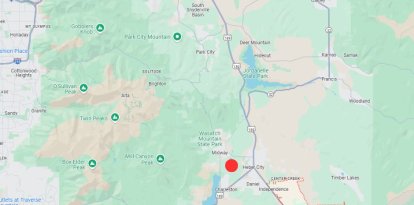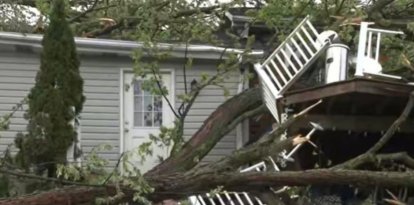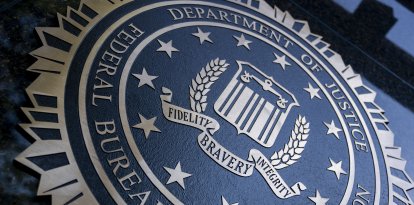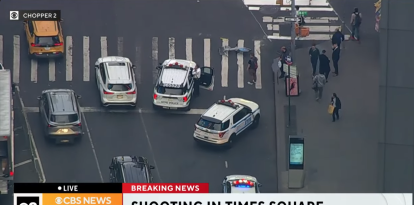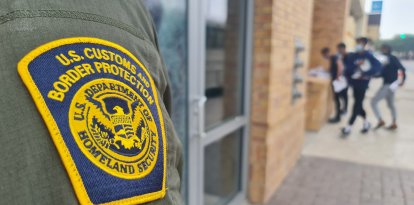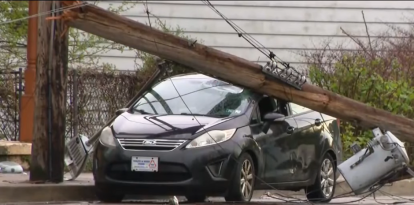What will happen in the Vatican after the death of Pope Francis?
On February 22, 1996, John Paul II promulgated the apostolic constitution "Universi Dominici Gregis," which governs the vacancy of the Apostolic See and the election of the Roman Pontiff. The document establishes all timelines and procedures to be followed after the death of a pope.

(FILE) Pope Francis walks next to a crucifix - AFP
Following the death of Pope Francis, the administration of Vatican affairs will temporarily fall to the cardinal camerlengo. During this time, nine days of funeral rites will be observed, and preparations will begin for a conclave, which must be held within 15 to 20 days to elect a new pope.
The camarlengo will act as "interim" pope, charged with administering the Church until the election of the new pontiff, albeit with reduced powers.
Irish Cardinal Kevin Farrell, 77, was elected to this position in February 2019.
All the highest officials of the Church's government, namely the Roman Curia, must resign from their functions upon the death of the pope, leaving only the cardinal camarlengo to administer the ordinary affairs of the Church.
The word "camarlengo" is derived from the Italian word "camera," meaning chamber. It describes a purely administrative function that acquires its importance when a pope dies.
The convocation of the conclave
But the camarlengo and the cardinals cannot take any decision whose validity exceeds the duration of the vacant period of the throne of St. Peter, or invades the exclusive prerogatives of the pope, such as the appointment of cardinals.
The camarlengo is in charge of verifying and notifying the death of the pope.
Until Pius XII, who died in 1958, the camarlengo would verify the death of the head of the Church by striking him on the forehead with a small silver hammer, to make sure that the supreme pontiff was dead.
The papal properties
The camarlengo symbolically takes possession of the papal properties, the apostolic palace of the Vatican, the Lateran Palaces—seat of the diocese of Rome—and Castel Gandolfo, the summer residence of the popes.
The camerlengo also convenes the meetings of cardinals, known as the “Congregation.” Together, they decide the day and time for the public viewing of the late pope’s remains, the date of the burial—which must take place between the fourth and sixth day after his death—and the organization of the nine days of mourning ceremonies.
This is also when the date is set for the start of the conclave, which is tasked with electing the new pope. It must begin no earlier than 15 days and no later than 20 days after the death of the Supreme Pontiff.
Funeral services take place in St. Peter's Basilica, except in case of testamentary dispositions to the contrary. Francis announced at the end of 2023 his desire to be buried in the Basilica of Santa Maria Maggiore in Rome, i.e. outside the Vatican.
John Paul II promulgated on February 22, 1996 the apostolic constitution "Universi Dominici Gregis" on the vacancy of the apostolic see and the election of the Roman pontiff, which sets all the deadlines for events following the death of the pope.
RECOMMENDATION
